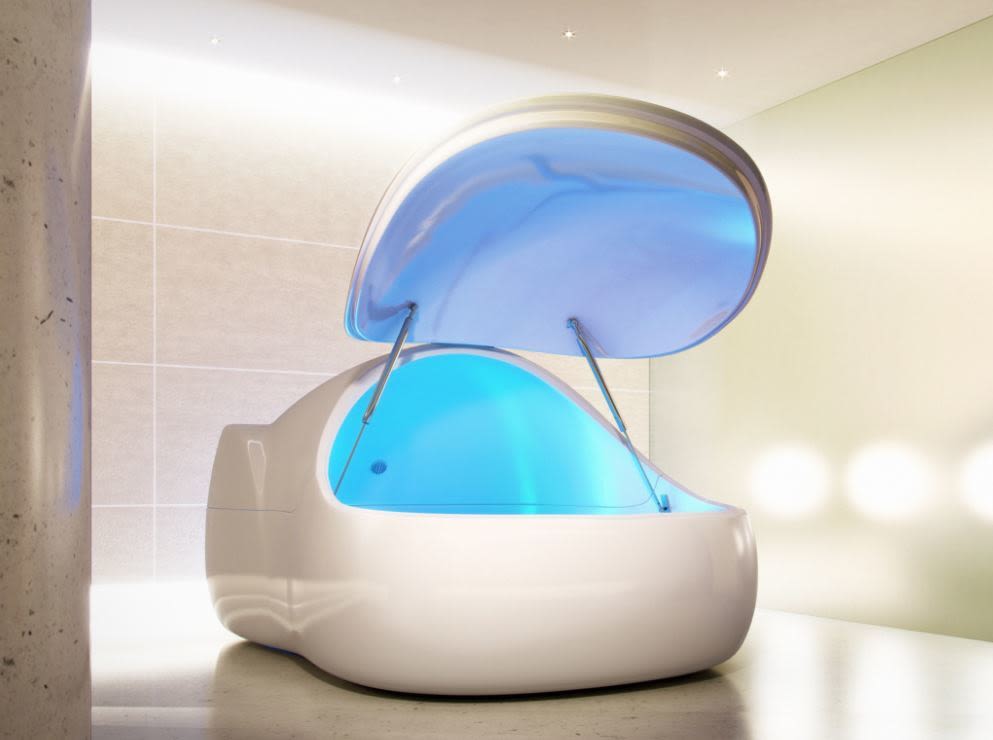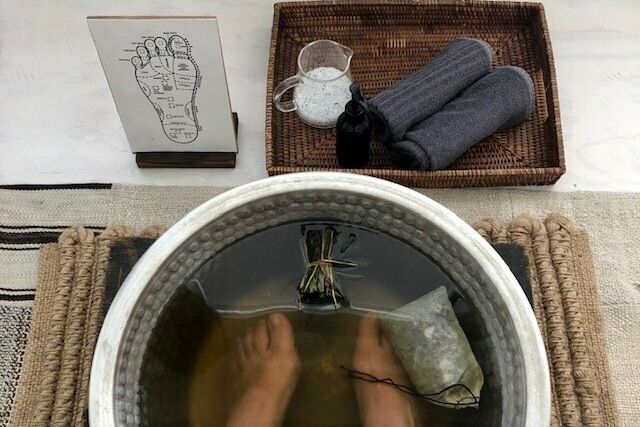Float Tanks: Claustrophobic Nightmare or Blissful Relaxation?

Image: Wikimedia Commons
In today’s world, it’s easy to feel overwhelmed and inundated by information. When humanity’s entire store of knowledge and entertainment fits squarely inside your pocket, it has become a rare thing to experience nothing but your own thoughts. Of course, there are ways for over-stimulated Portlanders to separate themselves from these sensory overloads; practices such as yoga, hiking, running, reading, and any other form of meditative exercise are available to anyone who wishes to remove themselves, temporarily, from the information onslaught. Another popular option? A dreamy float in a sensory deprivation tank.
“We’re all living in a world with so much stimulus,” says Heather Hatch, a float tank practitioner at Float On on SE Hawthorne, and a long-time user and advocate of floating. “We’re constantly dealing with our brains having to respond to everything, whether we’re conscious of it or not. So getting away from all of that, as well as getting away from gravity, is essential, I think, for your body and brain to work on itself, sort of how it does when it’s in a deep REM cycle. It starts restoring itself."
Float tanks—also known as isolation tanks or sensory deprivation tanks—are effective, simple tools for anyone who seeks physical and psychological relief (and can afford a $65 session). And relief is the most appropriate word to describe the immediate sensation that floaters experience after closing the soundproof door, turning off the light in the 93.5°F room and lying down in the Epsom salt-infused water. The buoyancy and subsequent weightlessness that one experiences is compounded not only by the absolute dark and silence of the small room, but also by the indistinguishable barrier between water and empty space. The sensation evoked is only comparable to what it might feel like to be floating, not as a body, but just as a consciousness, drifting aimlessly and happily in some starless sector of space.
Under these extreme sensory input-deprived conditions, the floater’s mind and body begin to gently slip into a dreamlike space of relaxation and calm, similar to the mental space that the mind occupies immediately before falling asleep. In my own experience, floating for 90 minutes inside one of Float On’s custom Float Pools, I very quickly either lost track, or simply forgot about time; it did not take very long for my wakeful patterns of thought to dissolve away and become replaced by a fluid, dreamlike state of mind in which thoughts, memories, and ideas drifted into and out of my subconsciousness like clouds floating across a clear blue sky.
Hatch is quick to point out, however, that the experience varies for every floater. “It’s similar to dreaming, but you’re more conscious,” she says. “If you’ve had a lot of practice with meditation, it might be easy for you to access that theta-brainwave state, and you can use the tank to control that state. Others might go into that same state and experience nothingness. It’s a practice.”
Regardless of your meditation experience and stress levels, float tanks offer a complete liberation for yourself and your psyche, albeit only a temporary one. The only thing that’s left to figure out is how to fit it into your busy schedule.




